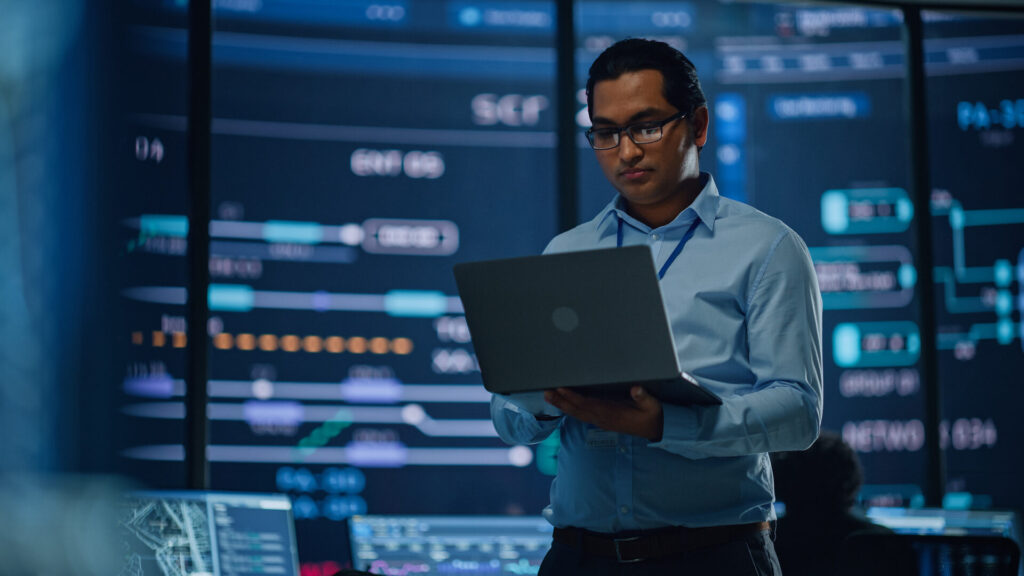A number of key trends will shape the future of air traffic management in the coming years. Exactly how the various opportunities and challenges will play out will be discussed in a vibrant session at the Frequentis Theatre on 20 March, as part of Airspace World.

Captain Norazman Mahmud, CEO, Civil Aviation Authority Malaysia, and one of the panellists, says many of the trends result from the increasing demand for air travel and the need for more efficient and sustainable operations.
“Developing and implementing eco-friendly practices, such as optimising flight paths to reduce fuel consumption and emissions, should be a priority for the future,” he says.
Technology will be integral to sustainability success. But integrating advanced communication, navigation, and surveillance (CNS) systems, automation, and artificial intelligence into existing ATM infrastructure is a complex task. Updating such systems without causing disruption remains a significant hurdle.
However, as technology becomes commonplace in air traffic management, the risk of cyberattacks increases. “Ensuring the security of communication networks, data and control systems is vital to maintain the safety and integrity of the aviation infrastructure,” agrees Mahmud. “Also, the rise in automation accentuates the importance of addressing human factors. Ensuring effective interaction between air traffic controllers and other personnel with automated systems, especially in handling unusual or emergency situations, remains an ongoing challenge.”
Last but not least, Mahmud highlights the integration of drones and other unmanned aircraft into controlled airspace. “This introduces challenges related to safety, regulation, and technology,” he says. “We must establish clear rules and procedures for the seamless coexistence of manned and unmanned aircraft.”
Read the full interview with Captain Mahmud in Airspace magazine.
Title: Transformations for the future ATM
When: 13:00, Wednesday 20 March
Where: Frequentis Theatre


